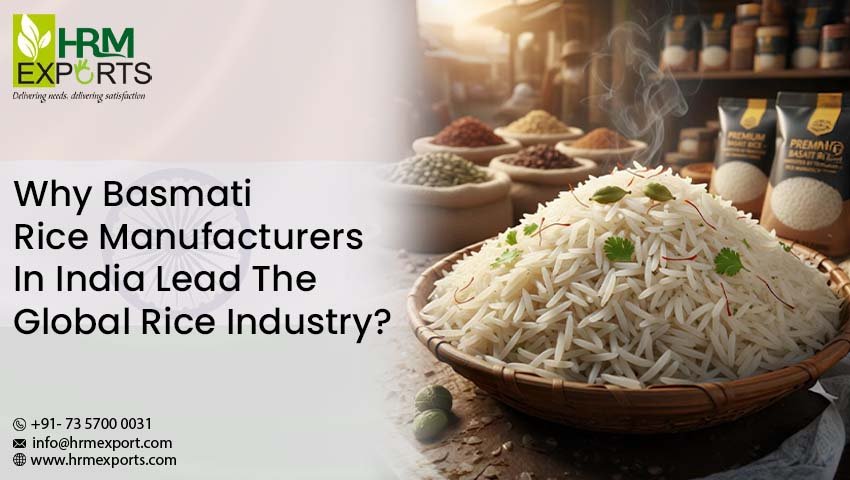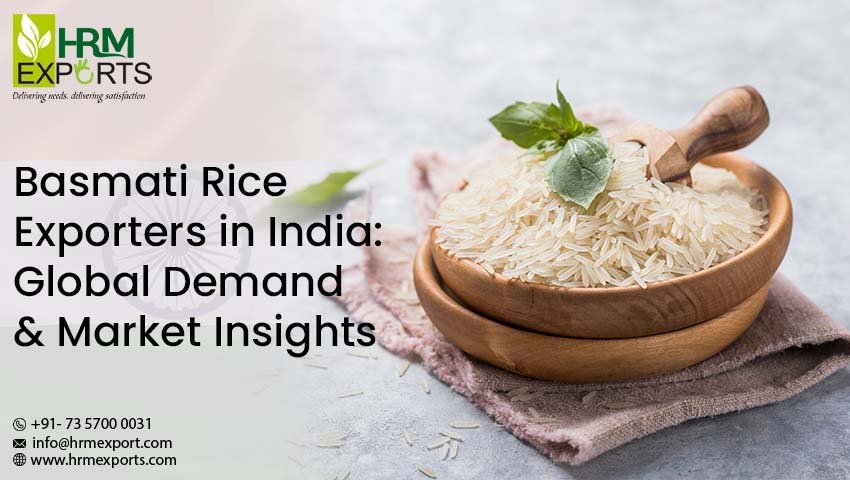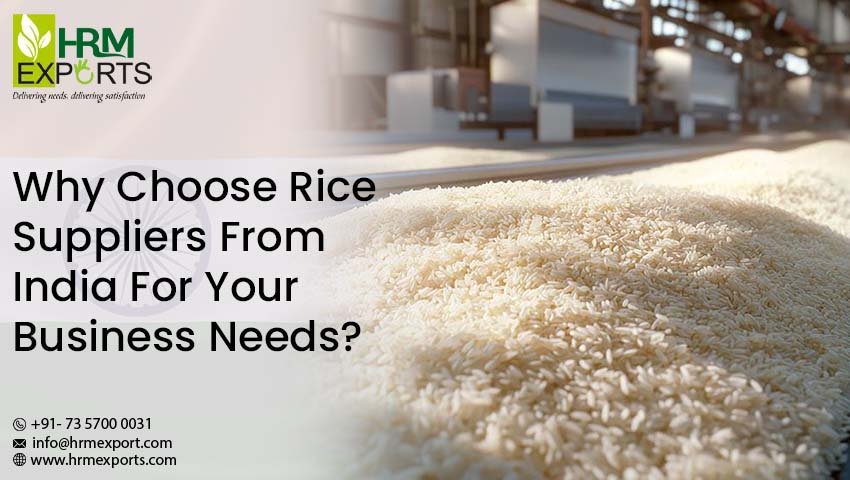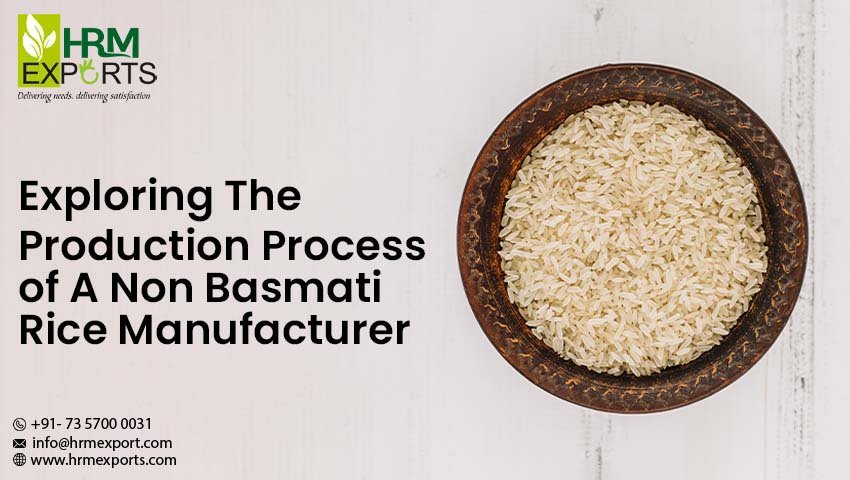Blogs
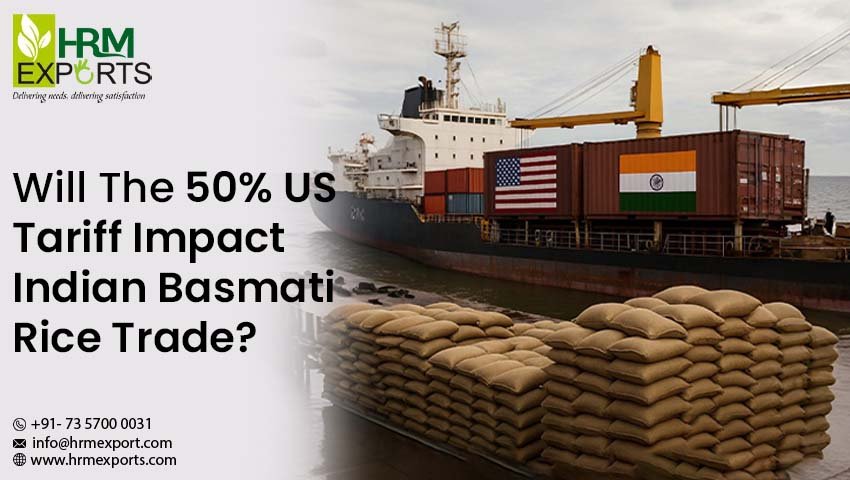
Will the 50% US Tariff Impact Indian Basmati Rice Trade?
Recently, the United States announced an additional 25% ad valorem duty over the existing 25% reciprocal tariff on Indian basmati rice. This effectively raises the total tariff burden to 50% for Indian exporters. Many people wonder if Pakistan will now grab a bigger chunk of the U.S. rice market and whether that might squeeze India’s rice business—especially its sales to Europe.
The Reality: Limited Impact on Indian Trade
The reality is that this tariff change won’t move the needle much for India’s basmati rice exports. Here’s the story:
1. Limited Supply from Both India and Pakistan
Basmati rice grows only in certain areas of India and Pakistan. Those regions have a fixed production area and face the same weather and growing conditions. Land availability is fixed, and the crop is grown just once a year. Although farmers use better techniques every year and hybrids continue to improve, crop output still creeps up by just 5 to 7 percent each year. This stops either country from ramping up output overnight to bombard a single market.
2. When Pakistan Gains One Market, It Sacrifices Another
Pakistan can’t just keep boosting rice exports everywhere. If the country decides to get more of its best basmati to the U.S., it also needs to cut back on what it sends to Europe and the Middle East. That opens the door for Indian sellers to quickly replace the lost rice, letting India gain new sales.
3. Europe Will See More Indian Rice
European buyers sometimes prefer Pakistani basmati due to certain compliance standards, but Pakistan’s capacity is limited. If U.S. basmati shipments jump, there simply won’t be enough grain to satisfy European buyers. That gives India the chance to fill the gap, almost certainly offering lower-priced grain due to quicker delivery and reduced logistics costs.
4. Balanced Internal Consumption
Both India and Pakistan are still eating roughly the same amount of rice. So even if one country sends a bit more to Europe and the other a little less to the U.S., the planet’s overall basmati tonnage doesn’t really shifts.
Wrap-Up
The U.S. duty may allow Pakistan’s growers to win a handful of sales in North America, but the long-term fundamentals still favor India. It’s a classic case of one doorway closing and another opening. We may see Indian exporters speed up shipments to Europe and South Africa, grabbing market space that the Pakistani crop is now giving up. Global rice trade is never static—spots of opportunity simply shift, waiting for the next container of export to change the game.
11 Sep, 2025
Why Basmati Rice Manufactur ...
